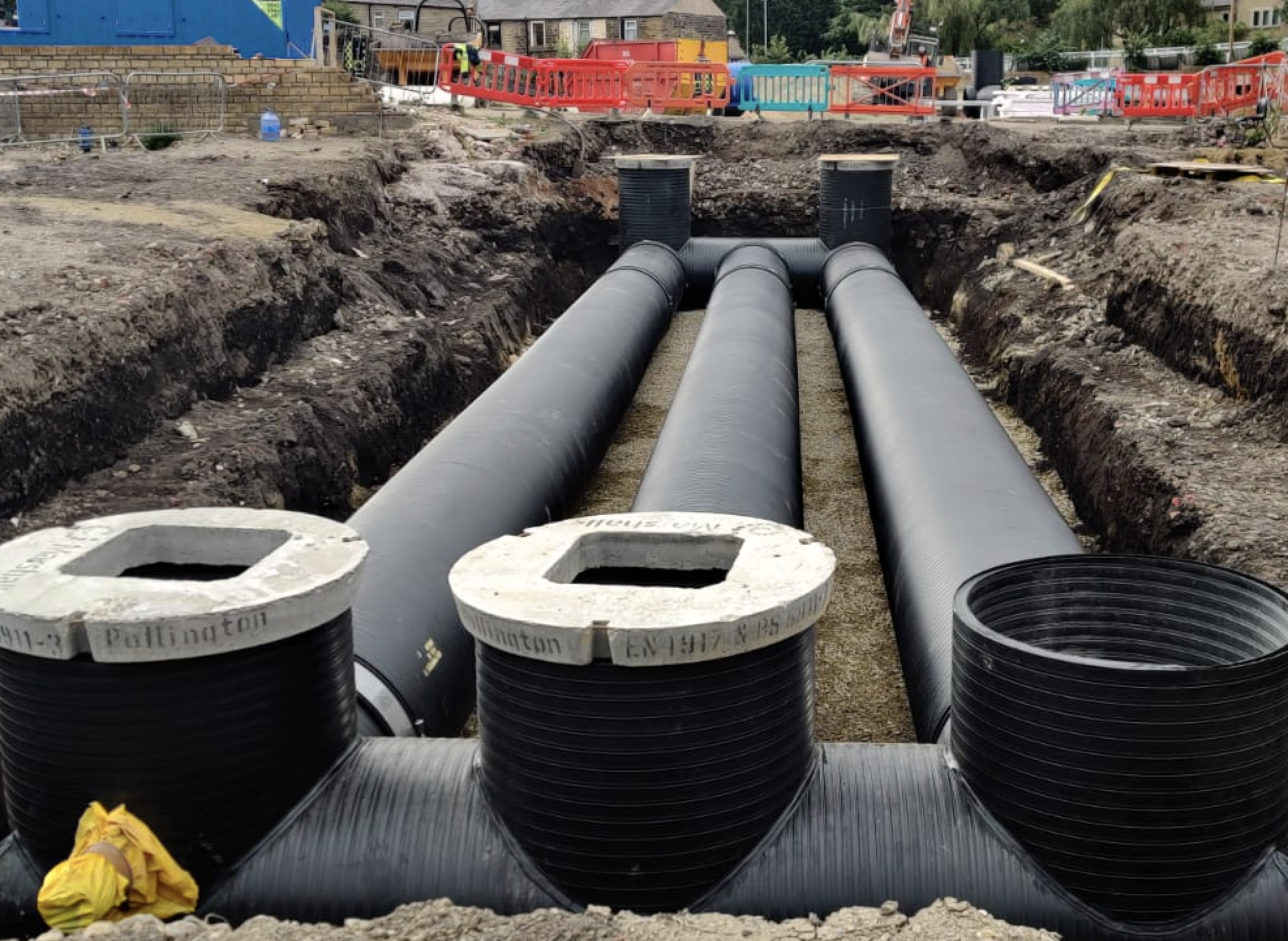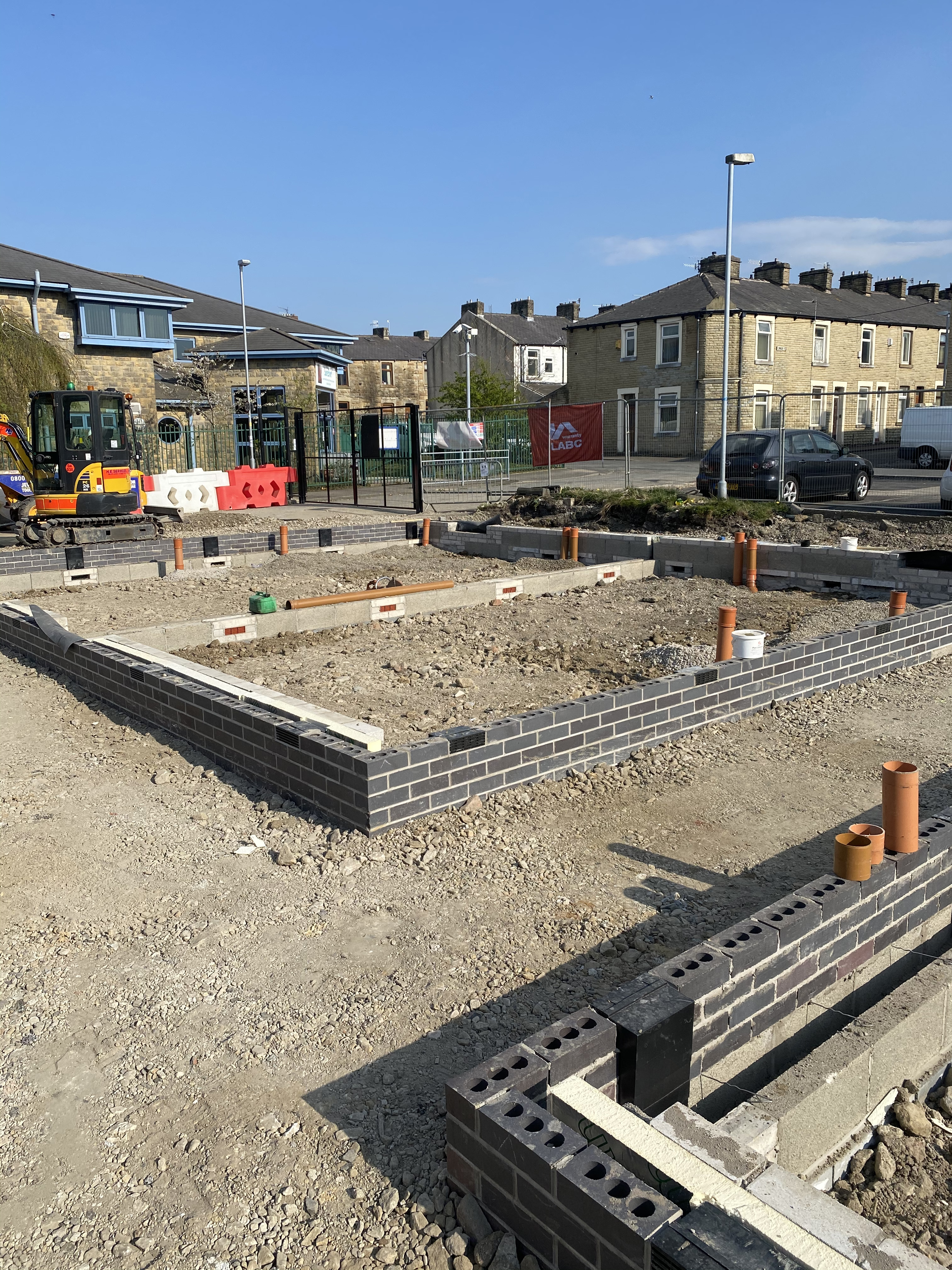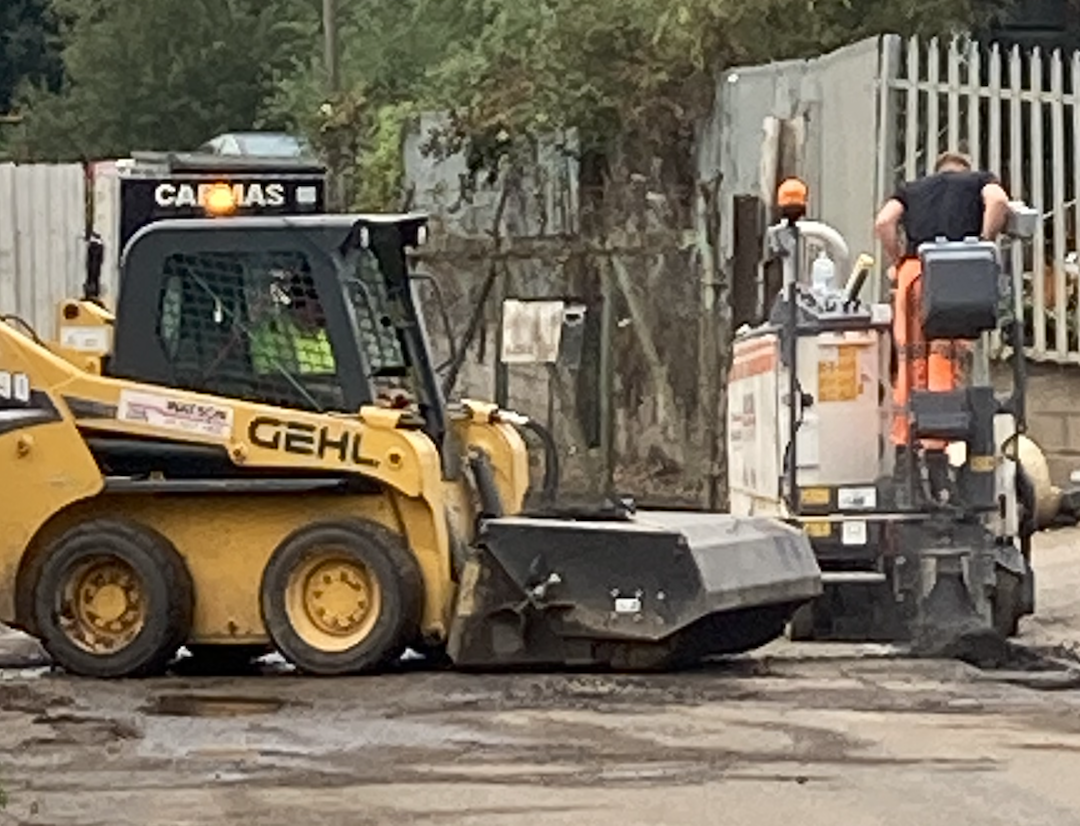Road planing, also known as cold planing, asphalt milling, or profiling, is the process of removing some of the surface on a road, allowing a new surface to be directly overlaid onto the sub layers of the existing. Road planing can remove anywhere from just enough thickness to level and smooth the surface, to a full depth removal.
What is the purpose?
One of the main reasons for milling a road surface is the recycling of the materials. The milling machines that tear up the paved surface in order to recycle it into aggregate in order to be used for a brand new aggregate project. Road planing is less time consuming and costly compared to the complete removal of the road surface. Also if only the surface layer is damaged with a pot hole for example, there is no need to remove the entire road surface which is structurally sound. Road planing can also remove distresses from the paved surface, therefore it will leave a smoother finish and longer lasting surface life. These distresses can include:
– Raveling – Aggregate becoming separated from the binder and loose on the road
– Bleeding – The binder (asphalt) coming up to the surface of the road
– Rutting – Formation of low spots in pavement along the direction of travel, usually in the wheel path
– Shoving – a washboard like effect opposite to the direction of travel
– Ride quality – uneven road surface such as swells, bumps, sag, or depressions
– Damage – resulting from accidents and/or fires
Ok, so what are the different types of road planing?
The Asphalt Recycling and Reclaiming Association has defined five classes of road planing. These
classes are the following:
1. Class I – milling to remove surface irregularities
2. Class II – milling to uniform depth as shown on plans and specifications
3. Class III – the same as Class II but with the addition of cross slope
4. Class IV – milling to the base or subgrade (full depth)
5. Class V – milling to different depths at different locations
So what’s the process?
Pavement milling is achieved by using a heavy-duty piece of construction equipment called milling machines, or road planers. These machines use a large, rotating drum that removes and grinds the surface of the asphalt. The carbide cutters which cut the pavement are positioned in such a way that after being cut, the pavement is automatically moved to the centre of the drum, positioned to be collected onto the conveyor belt. For each class of road paving, a different cutter is used, such as micro milling where there are several times as many cutting teeth. These teeth are packed closely together to produce a smoother road surface compared to regular milling drums. Surely the recycled aggregate can’t be used again? Well you would be wrong the recycled aggregate from the paved surface is taken to a facility where under strict conditions it is added to new aggregate and asphalt cement or recycling agent to bind the two mixtures and reduce the mixtures environmental impact. Asphalt planings are often used as an aggregate substitute in highway and commercial construction forming part of a base or subbase material on roads and as a base layer for new build construction, driveways and car parking.







